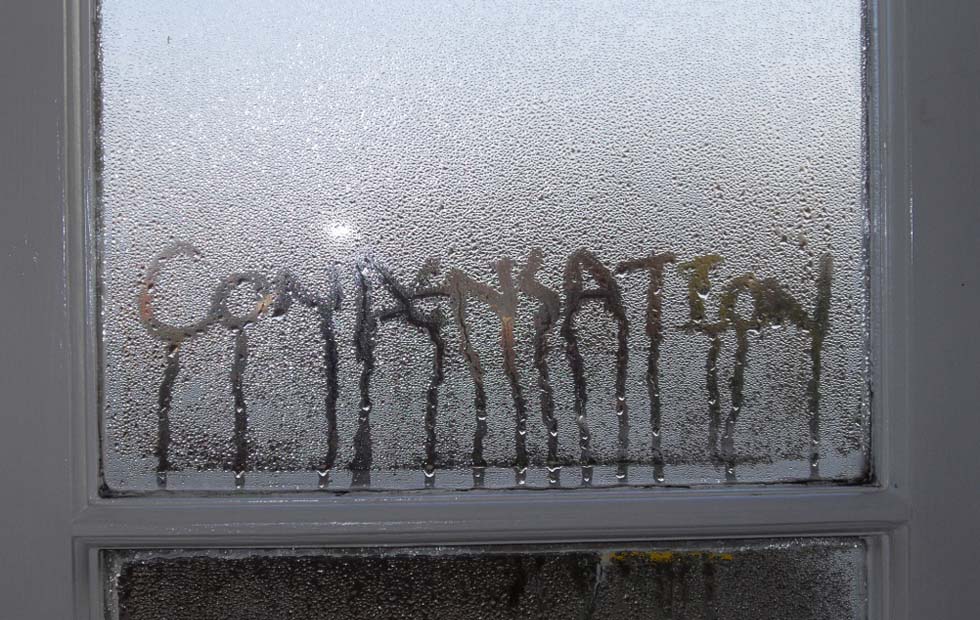How to fight winter mould: Advice for tenants
Did you know that winter is the peak time for mould problems? Mould can grow anywhere, but it needs moisture. It can cause health and building problems, so it is important to prevent it and remove it as soon as it grows.
As a tenant, it is your responsibility to keep your home reasonably clean, to avoid contributing to any mould growth (for example by preventing ventilation), and to tell your property manager about any damage to the property as soon as possible. You must also take reasonable steps to limit loss, such as removing your clothes from a wardrobe if you notice mould growing there.

Tips for preventing mould:
Increase ventilation and airflow – opening doors and windows when possible, or running an air conditioner or fan, moving furniture away from walls, opening closet doors and not overfilling cupboards increases air circulation and limits mould growth.
When using hot water, ensure there is ventilation; during a shower, use an exhaust fan if available, and afterwards, open the window and shut the door of the bathroom to allow steam to escape the house. Minimise clutter in the shower, and wipe down the shower with a clean towel or squeegee. Mould grows on soap residue and in grout, so keeping things clean will prevent mould growth.
Vent appliances that produce moisture, such as dryers or stoves, outdoors, or keep a door or window open when these appliances are in use. Try to avoid the use of humidifiers.
Cold surfaces – such windows in winter – can create condensation that can encourage mould growth. If you notice condensation, dry the surface immediately and address the source of moisture.
Towels, clothes, curtains, carpets and other fabrics that get damp will begin to grow mould within two days at this time of year. If possible, dry washing outside; drying washing in front of a heater creates condensation, and is one of the reasons that mould growth is worse during the winter months. If drying outside isn’t possible, dry in a room where you can open a window to provide ventilation.
Cleaning, disinfecting and drying surfaces such as sinks and tiles prevents mould growth. Regularly vacuuming carpet will inhibit mould growth.
Fixing plumbing leaks can prevent the build-up of moisture and the growth of mould. Make sure you tell your property manager promptly if you notice any leaking pipes or damaged guttering.
When storing occasional use items, make sure they are dry and clean.
Water stains on the ceiling or walls may be a sign of damage to the external surfaces of the home or excess moisture in the ceiling cavity, which can cause mould. Make sure you tell your property manager straight away if you notice any water stains.
Don’t overwater your indoor plants, and lightly dusting the soil surface with cinnamon can work as a mould preventer.
Tips for removing mould:
Remove mould as soon as you notice it. This will slow down mould growth and may prevent permanent stains that may affect your bond refund at the end of your tenancy.
Use soap, detergent, vinegar diluted in water, or a store-bought mould removal product. If using bleach-based cleaner, open windows and doors to remove fumes. Wear gloves and protective eyewear, and be aware that bleach-based products may damage surfaces or your clothes, so be careful!
Never mix any cleaners or ammonia with bleach; this can produce toxic fumes.
If you are unable to remove the mould, professional cleaners can help. Ask your property manager for recommendations for cleaners in your area.
Finally, if there is mould or mildew on any item and all your attempts to remove it have been unsuccessful, throw it out. Don’t take a chance with the potential health and building risks that mould can cause.
By Rebecca Nutley




